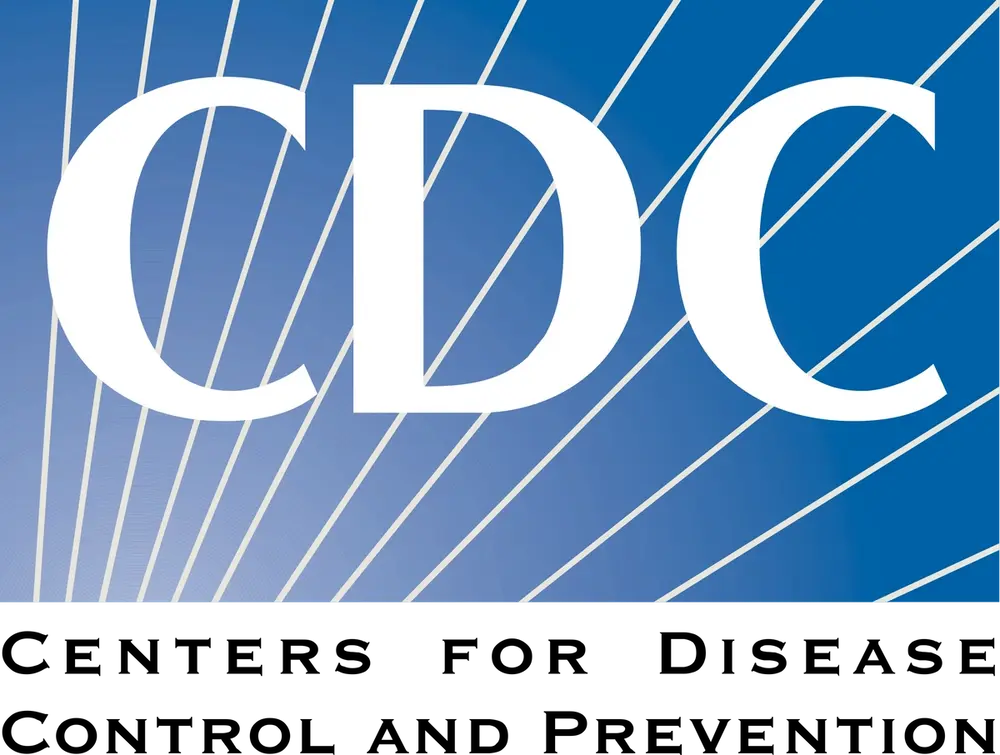This article first apperared on our sister website, Contemporary Pediatrics.
For children and adolescents aged younger than 18 years, the 2022-2023 influenza season was classified as a “high severity” season compared to previous data from the Centers for Disease Control and Prevention (CDC), the agency noted in a Morbidity and Mortality Weekly Report.
The influenza season for 2022-2023 began in October, earlier than most previous seasons, returning to pre-COVID-19 levels. In addition to high pediatric influenza hospitalization rates, co-circulation occurred with SARS-CoV-2 and respiratory syncytial virus (RSV), sometimes referred to as the “triple-demic.”
The CDC, using 3 indicators, classifies each influenza season’s severity. The indicators are the percentage of all outpatient visits with influenza-like illness (ILI), rates of laboratory-confirmed influenza hospitalization, and the percentage of all deaths because of influenza.
ILI was defined as fever plus cough or sore throat and was obtained from the US Outpatient Influenza-like Illness Surveillance Network (ILINet). The Influenza Hospitalization Surveillance Network (FluSurv-NET) estimated the laboratory-confirmed hospitalization rates.
Percentage of all deaths because of influenza was calculated from the National Vital Statistics System death registry. In each severity indicator, 50th, 90th, and 98th percentile intensity thresholds (Its) are, “calculated from a distribution based on the geometric mean of peak weekly values in previous seasons,” the report stated.
What You Should Know
This season exhibited higher pediatric influenza hospitalization rates compared to previous seasons, marking it as the fourth highest severity season among children and adolescents since the 2009 influenza A(H1N1) pandemic.
Co-circulation of influenza with SARS-CoV-2 and respiratory syncytial virus (RSV) created a scenario referred to as the "triple-demic," posing additional challenges to healthcare systems.
In the 5-to-17-year age group, influenza medical visit and hospitalization rates were higher during 2022-2023 than any other season since 2016-2017.
The seasonal severity of influenza was classified as “low” if at least 2 of 3 indicators peak below IT50. Moderate, high, or very high was the classification if at least 2 of 3 indicators peaked above IT50, IT90, or IT98, respectively.
The preliminary data in the CDC report, as of September 21, 2023, classified the 2022-2023 influenza season as high severity. The weekly percentage of outpatient visits for ILI, influenza-associated hospitalization rate, and percentage of deaths because of influenza all peaked between IT90 and IT98, respectively.
In children aged younger than 5 years, estimated influenza-associated medical visits, hospitalization, and deaths were higher than children and adolescents aged 5 to 17 years. In the 5-to-17-year age group, influenza medical visit and hospitalization rates were higher during 2022-2023 than any other season since 2016-2017.
Those younger than 5 years of age had the second highest rates of influenza-associated medical visits and hospitalization in 2022 to 2023, since 2016 to 2017. There were 11,443 medical visits per 100,000 and 119 hospitalizations per 100,000 in this age indication.
Compared to previous seasons, influenza-associated deaths were low and consistent with 1.2 deaths per 100,000 children aged younger than 5 years, and 0.5 deaths per 100,000 children and adolescents aged 5 to 17 years.
FluSurv-NET identified 2762 influenza-associated hospitalizations for those aged younger than 18 years from October 1, 2022, to April 30, 2023. The median age of these children was 5 years and 57.4% were male (IQR = 2-9 years).
Of these individuals, 50.5% had an underlying condition, which was similar to recent influenza seasons. Asthma, neurologic disorders, and obesity were the most common underlying conditions.
Most individuals were infected with influenza A (95.4%). Of this group, 80.2% were subtyped A(H3N2) and 19.6% were A(H1N1)pdm09. Over half of the 2022-2023 season’s total pediatric hospitalizations (57.1%) occurred during October and November 2022.
Of those hospitalized, 18.3% received an influenza vaccine, dropping from 35.8%-41.8% in 2016-2017 through 2021-2022.
The 2022-2023 influenza season was the fourth highest severity season among children and adolescents since the 2009 influenza A(H1N1) pandemic, according to the CDC. Health care systems, in particular those that had co-circulating SARS-CoV-2 and RSV, were strained because of the high incidence of influenza.
Estimated by the National Immunization Survey at the peak influenza-associated hospitalization rates during the week ending November 26, 2022, 41.9% of children and teenagers aged 6 months to 17 years received the annual influenza vaccine.
The report highlights the “importance of children and adolescents receiving a seasonal influenza vaccination, ideally by the end of October and prompt influenza antiviral treatment for those who are hospitalized.”
The federal agency recommends all persons aged 6 months or older to receive the annual seasonal influenza vaccine.
Reference:
High influenza incidence and disease severity among children and adolescents <18 years – United States, 2022-23 season. Morbidity and Mortality Weekly Report. October 13, 2023. Accessed November 28, 2023. https://www.cdc.gov/mmwr/volumes/72/wr/mm7241a2.htm

